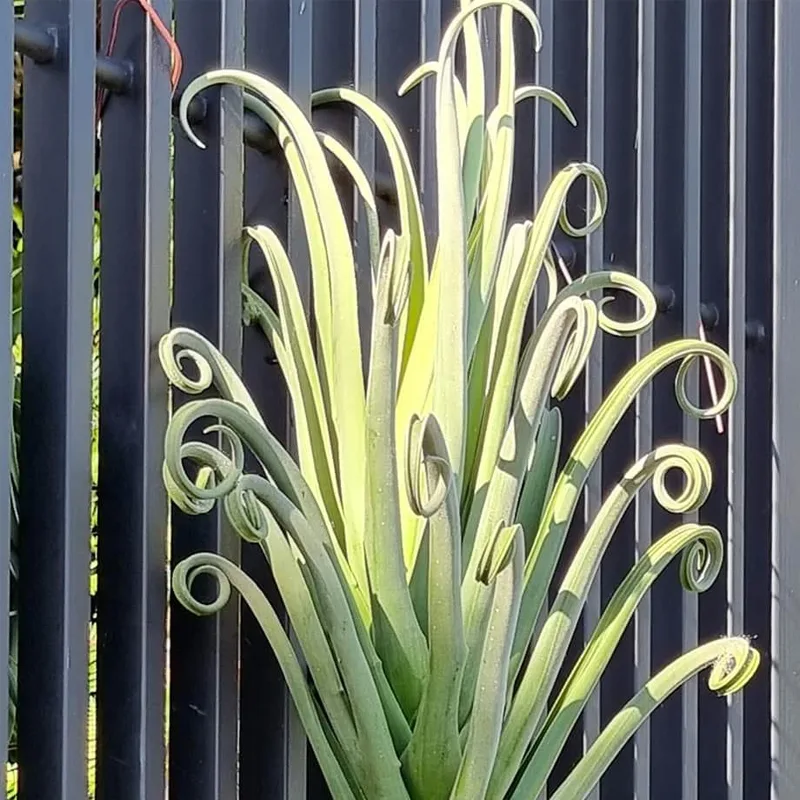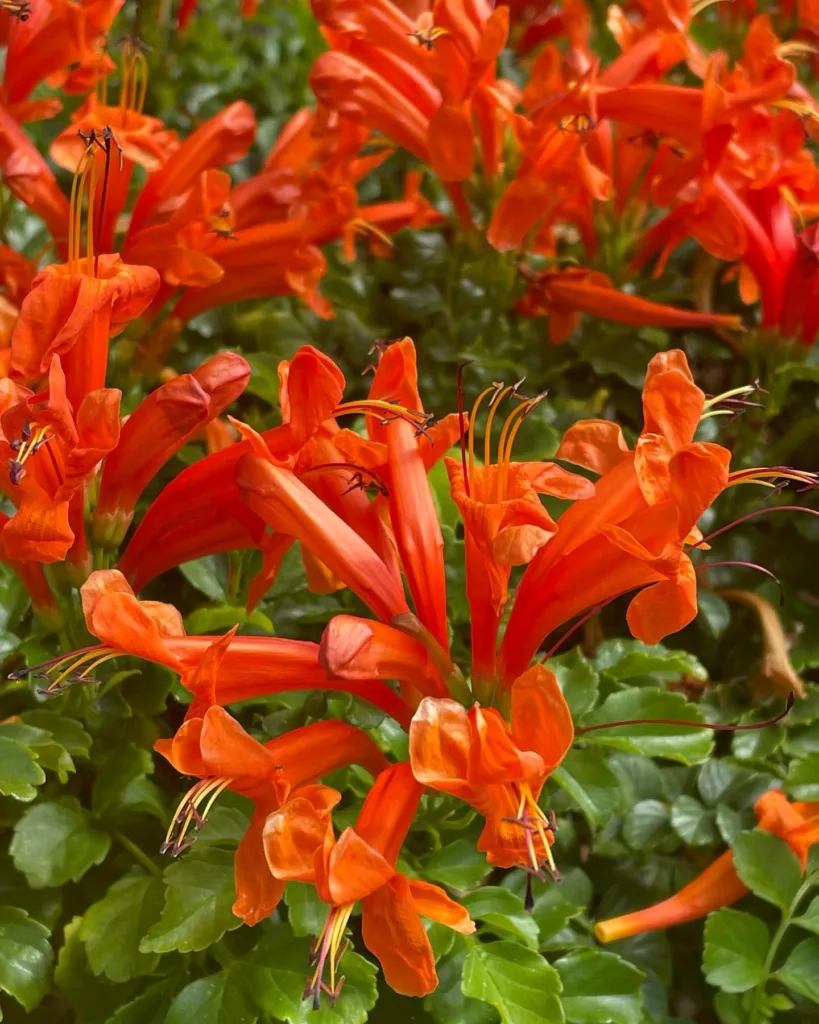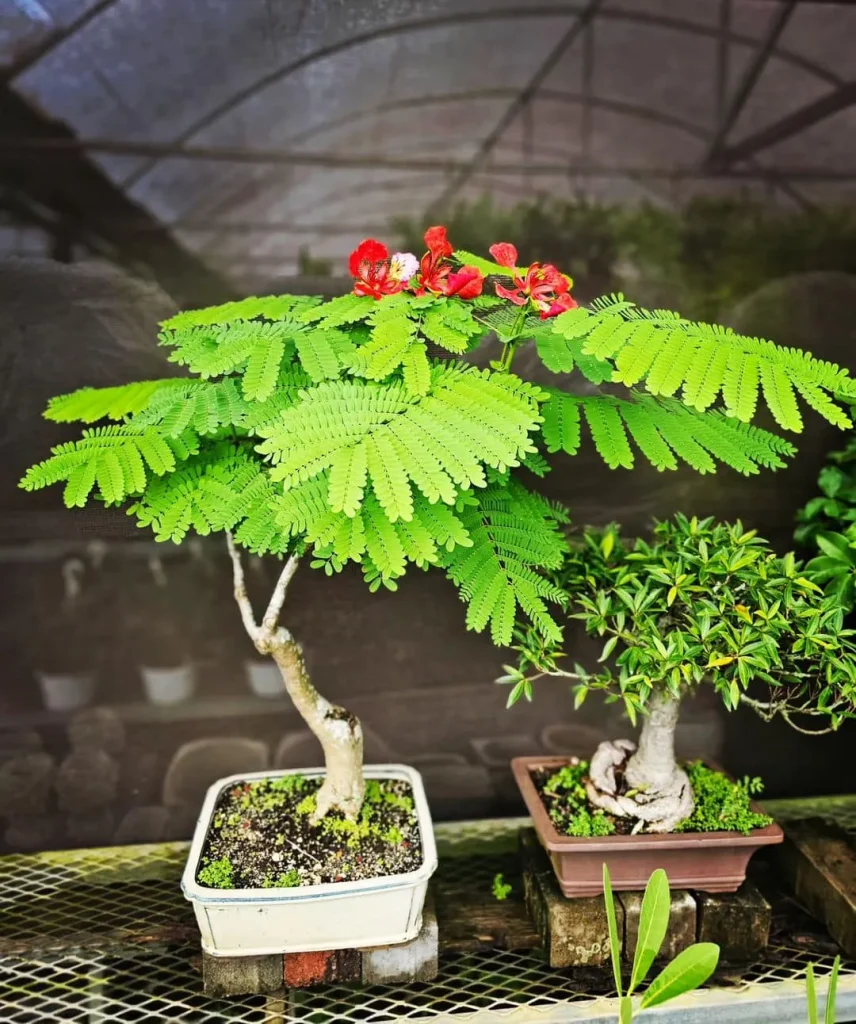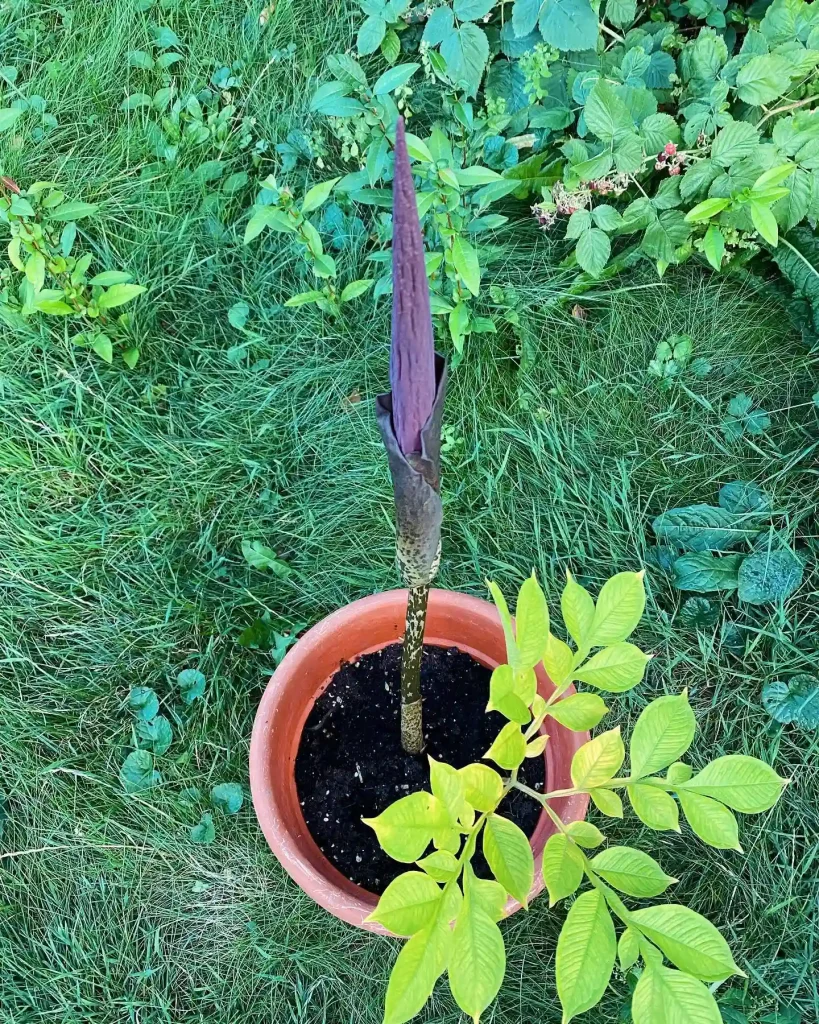Frequently Asked Questions About Mikania Scandens
Mikania Scandens, commonly known as the Climbing Hempweed or Mile-a-Minute Vine, is a fascinating plant that’s often sought after for its rapid growth and versatility. In this article, I’ll dive into some frequently asked questions about this intriguing plant, drawing from my personal experiences and observations. Whether you’re a seasoned gardener or just curious, you’ll find useful insights here.
What is Mikania Scandens?
Mikania Scandens is a vigorous, fast-growing vine belong to the Asteraceae family, native to tropical and subtropical regions. Known for its climbing ability, it can quickly cover fences, trellises, and other structures. Its heart-shaped leaves and small, white to pink flowers add visual interest, making it a popular choice for creating lush, green spaces. Despite its beauty, it’s important to be aware of its aggressive growth habits, which can sometimes lead to it being considered invasive in certain areas.
Plant Family: 1720 Genera in Asteraceae
How to Care for Mikania Scandens?
Caring for Mikania Scandens is relatively straightforward, but it requires some attention to ensure it thrives. Here’s what I’ve learned from growing this plant:
- Light: Mikania Scandens prefers bright, indirect light. While it can tolerate some direct sunlight, too much can scorch its leaves. In lower light conditions, growth may slow down, so it’s best to provide it with adequate light for optimal growth.
- Watering: This plant enjoys a consistently moist environment, but it doesn’t like sitting in water. I recommend watering it regularly to keep the soil moist but not waterlogged. During the winter months, reduce watering slightly, as the plant’s growth slows down.
- Temperature: Mikania Scandens thrives in warm temperatures, ideally between 65-80°F (18-27°C). It’s not frost-tolerant, so if you live in a colder climate, consider growing it as an indoor plant or bringing it inside during the colder months.
- Soil: A well-draining potting mix is ideal. I use a standard houseplant mix with added perlite or sand to improve drainage. This helps prevent root rot, which can be an issue if the soil remains too wet.
How to Propagate Mikania Scandens?
Propagating Mikania Scandens is quite rewarding and relatively easy. Here’s how I go about it:
- Cuttings: The most common method is to take stem cuttings. Use a sharp, clean knife or scissors to snip a healthy, non-flowering stem about 4-6 inches long. Remove the lower leaves and dip the cut end in rooting hormone if desired. Plant the cutting in a small pot filled with a mix of perlite and peat moss or a similar well-draining medium. Keep the soil moist and place the pot in a warm, bright location. Roots should develop in a few weeks.
- Division: If you have an established plant, you can also divide it. Gently remove the plant from its pot and separate it into smaller sections, making sure each section has roots. Re-pot these sections individually.
What to Plant With Mikania Scandens?
Mikania Scandens pairs well with a variety of other plants. In my garden, I’ve had success growing it alongside:
- Flowering Vines: Plants like Bougainvillea or Clematis can complement Mikania Scandens’ climbing nature and add a splash of color.
- Ground Covers: Low-growing plants like Creeping Jenny or Sedum can balance the vertical growth of Mikania Scandens and provide a lush ground cover.
- Herbs: I’ve found that growing herbs like Basil or Mint nearby can help deter pests while adding functional beauty.
Is Mikania Scandens Toxic?
One of the most important considerations is whether Mikania Scandens is toxic. Fortunately, it’s not known to be toxic to humans or pets. However, it’s always a good idea to monitor pets and children to prevent any accidental ingestion of plant material. While it’s generally safe, keeping it out of reach is a good precaution.
Benefits of Mikania Scandens
Mikania Scandens has several benefits:
- Rapid Growth: Its fast-growing nature makes it ideal for quickly covering unsightly structures or creating privacy screens.
- Aesthetic Appeal: The heart-shaped leaves and delicate flowers add a touch of greenery and elegance to any space.
- Versatility: It can be grown both indoors and outdoors, adapting to various growing conditions.
Common Problems with Mikania Scandens
While Mikania Scandens is relatively easy to care for, it does have some common issues:
- Invasiveness: In some regions, Mikania Scandens can become invasive due to its rapid growth. Regular pruning helps keep it under control.
- Pest Issues: Watch for pests like spider mites or aphids, which can occasionally affect the plant. Regular inspection and appropriate treatment can manage these problems.
- Root Rot: Ensure proper drainage to prevent root rot, especially if the plant is grown in containers.
How Does Mikania Scandens Compare to Similar Plants?
Mikania Scandens is often compared to other vigorous vines like Morning Glory or Creeping Charlie. While all these plants are fast-growing, Mikania Scandens tends to be more aggressive, making it ideal for covering large areas quickly but also requiring more frequent maintenance to manage its growth.
In conclusion, Mikania Scandens is a dynamic and beautiful plant that can be a great addition to your garden or indoor space. Its rapid growth, aesthetic appeal, and ease of care make it a favorite of mine. Just be mindful of its potential invasiveness and keep an eye out for common issues. With the right care, Mikania Scandens can thrive and bring a touch of green to any setting.



